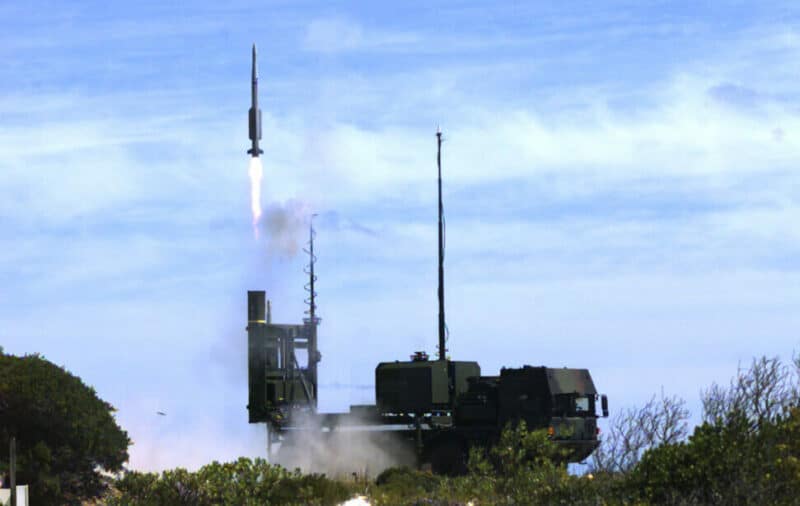Until two years ago, European air defense systems, in particular the Aster range from the French MBDA, and the IRIS-T SLM from the German Diehl, were often perceived, on the international scene, as systems with lower performance than equivalent American, Russian or Israeli systems.
All three could, in fact, rely on more or less successful combat experiences, sometimes cleverly presented to make them more attractive and competitive than they really are.
In recent months, however, this perception has evolved considerably, due to the more than convincing results obtained by European-designed anti-aircraft systems, whether in Ukraine for the Iris-T SLM and the SAMP/T Mamba, or at sea Red, for the Aster 15 and 30 missiles, opening the way to a frenzied competition between these two systems in Europe.
In this section:
Meta-Defense celebrates its 5th anniversary!

- 20% on your Classic or Premium subscription, with the code Metanniv24
Offer valid from May 10 to 20 for the online subscription of a new Classic or Premium, annual or weekly subscription on the Meta-Defense website.
The Iris-T SLM vs Aster 15/30 competition in Europe
The two European systems are meeting, today, with renewed and insistent interest, on the international scene as well as in Europe. However, the German Iris-T SLM appears to be much more efficient, commercially speaking, than the Franco-Italian Mamba and the Aster 15/30.

Indeed, while it has only been offered since 2019, it has already recorded six international orders, including five in Europe: Germany, Austria, Estonia/Latvia, Slovenia and Sweden. Conversely, the Franco-Italian SAMP/T Mamba, offered since 2009, is only in service in Europe in the Armies of its two designers, while only Singapore has purchased the system on the scene. international.
The French missile, however, has penetrated with much more efficiency into another market, that of naval surface-to-air missiles. Indeed, today it equips no less than 46 large surface units, aircraft carriers, destroyers, frigates and corvettes, within nine naval forces, including the three most powerful military navies in Europe (France, Italy and United Kingdom).
This naval predominance of the Aster could soon be undermined, while Diehl announced that it was developing a naval version of its SLM medium range and its long range SLX, a direct competitor to the Aster 30.
Obviously, a formidable commercial war is brewing today between MBDA's Aster and Diehl's IRIS-T SL, and several elements appear to give the advantage to the German system, particularly in Europe.
MBDA's Aster range: a technological pioneer shaking up American hegemony
However, in this competition, MBDA's Aster can rely on many assets. The first is none other than the proven performance of the system, and of the range of missiles that arm it. If the Aster 15, with a range of 30 to 45 km, depending on the sources, is a direct competitor to the IRIS-T SLM and its 40 km, the Aster 30 exceeds 120 km, and is posed therefore as an alternative to the American Patriot.
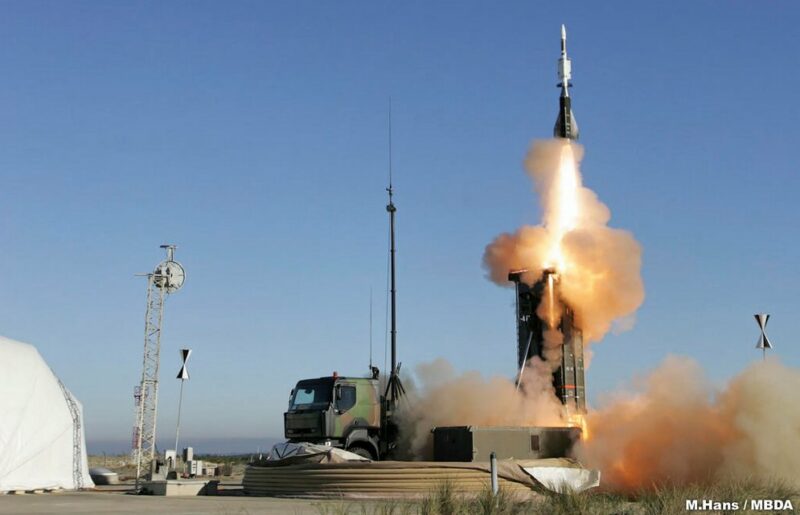
In addition, the Aster has, as mentioned, a complete naval version with the PAAMS system, having its own Vertical Launch Systems, the SYLVER, and compatible with numerous radars and guidance systems.
The Aster range also includes versions dedicated to endoatmospheric anti-ballistic warfare, the Aster Block 1 and Block 1NT, the latter entering service this year. The effectiveness of Aster against all types of aerial targets, including ballistic missiles, has been demonstrated in recent months, with very high successful interception rates.
From the point of view of the installed base, the Aster relies on 22 SAMP/T Mamba systems, and 46 surface ships implementing it, while 20 other ships (5 French and three Greek FDIs, 8 PPA and 2 DDx Italians, 2 Indonesian PPAs) will definitely have them in the months and years to come.
In terms of future developments, MBDA recently announced, the development of the Aster 15 EC, with a range extended to more than 60 km, which will allow the missile to remain, in terms of performance, at the top of the range of medium-range anti-aircraft missiles.
The 4 advantages of the Iris-T SL from Diehl to establish itself in Europe
Much more recent, the Iris-T SL systems from Diehl, are far from being able to rely on a range and an installed base as extensive as the Aster family. However, although it has only been offered since 2019, the IRIS-T SLS/M family already displays a firm order book, and being finalized, for 35 systems, of which only six were intended for the German armies.
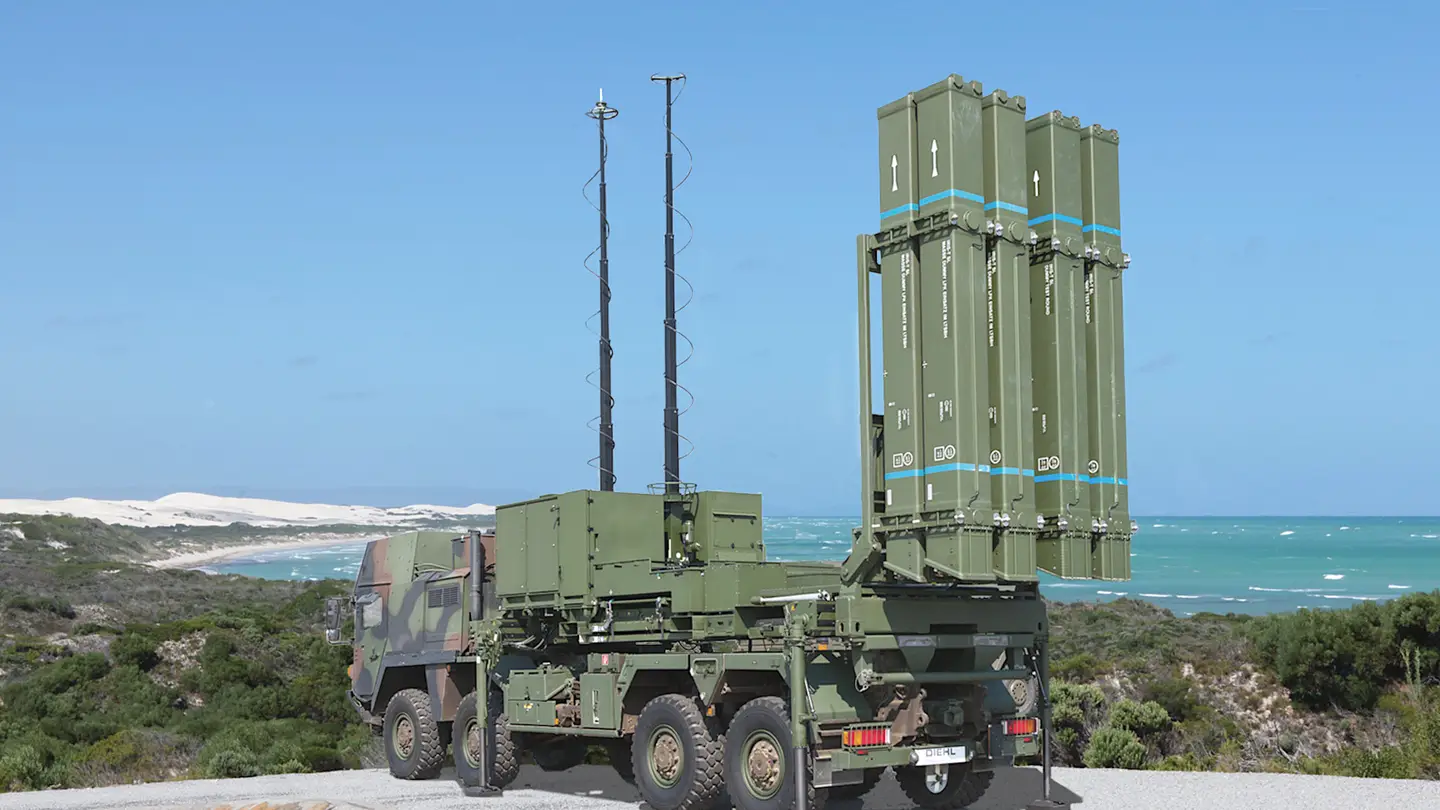
The advantages of the Iris-T SL over the Aster, however, are neither technological nor operational, the two systems having shown comparable effectiveness in combat, while the Aster has a much wider range. These are to be found in a remarkable German commercial strategy, designed to establish itself first in Europe, then beyond, and built on four pillars.
A complete and integrated range, ranging from SHORAD Canon to hypersonic anti-missiles
If today the Iris-t SL family consists of only two missiles, the short-range Iris-T SLS (12 km) and the medium-range Iris-t SLM (40 km), Diehl is working actively expanding it rapidly, with the development of the long-range IRIS-T SLX (80 km), as well as the IRIS-T HYDEF, with a range of 100 km, and above all a ceiling of 50 km.
Designed as part of the European HYDEF program led by Spain, the Iris-T HYDEF will be intended to intercept hypersonic gliders during their atmospheric maneuvering phase.
In addition, the missile's 50 km ceiling will allow it to intercept, in transit, missiles with a semi-ballistic trajectory, such as the Russian Iskander-M or the Kinzhal, which today pose a problem for anti-aircraft and anti-ballistic defenses. .
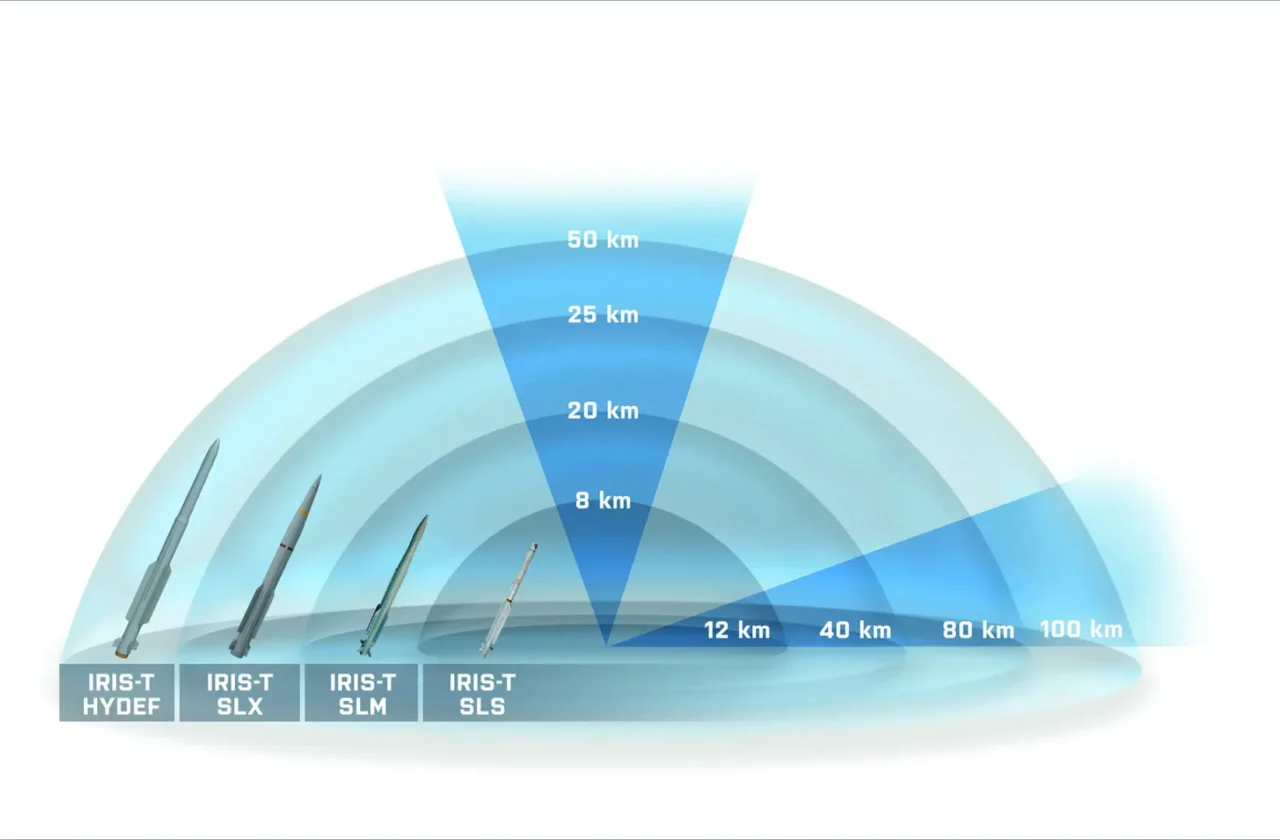
In addition, Diehl announced that it was working on a naval version of the Iris-T SLM, while future missiles, including the Iris-T SLX, and probably the Iris-T HYDEF, will be systematically declined, them too, in an on-board version.
Finally, the German missile manufacturer, like the radar specialist Hensoldt, which manufactures the 3D TRML-4D radar for the Iris-T SLM, is participating, with Rheinmetall, in the design of the Skyranger anti-aircraft turret armed with a 30 or 35 mm cannon. .
It is a safe bet, therefore, that the Iris-T and Skyranger systems will be complementary and integrated, making it possible to offer a particularly wide range ranging from the SHORAD cannon, to the high endoatmospheric hypersonic antiballistic missile, in a unique approach in the West.
A range designed to complement the American offering, without encroaching on it
Diehl takes great care, in its developments, and especially in its communication, not to encroach on the borders of American ground-air or surface-air systems. Better yet, the complementarity of the German and American systems is highlighted wherever possible.
Thus, the naval Iris-Ts will be planned to take place aboard the American Mk41 VLS, the shorter tactical module, for the M and S versions, and the strike module, intended to carry longer missiles like the Tomahawk, the LRASM, as well as the SM-3 and SM-6, for the IRIS-T HYDEF.
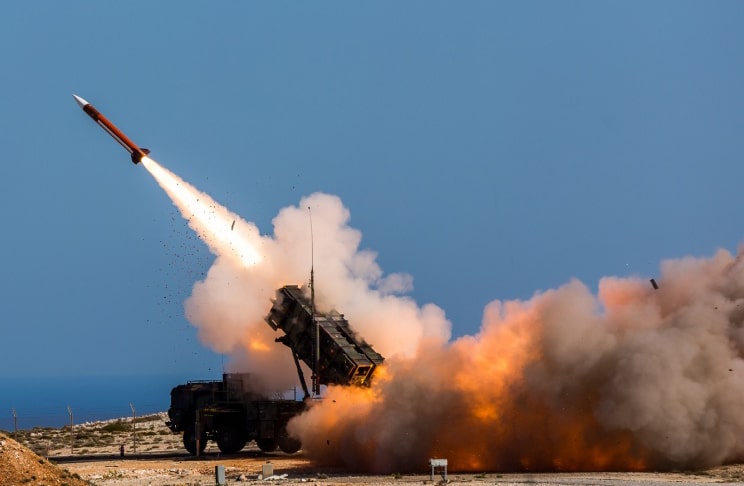
In this area, the naval IRIS-T SLM/X is presented as an alternative, particularly concerning ships using versions of the SM-2 or ESSM missile which are no longer produced, as is the case with German Hessen-class frigates.
This is also the case in the land domain, the Iris-T being systematically presented as complementary to the American Patriot, more especially to the Patriot PAC-3 MSE, chosen by several European armed forces in recent years.
A bottom-up commercial strategy to rely on an extended base
To mark this complementarity, particularly effective with European armies, often equipped with American anti-aircraft systems, and to avoid suffering a benevolent obstruction from industrialists, the armies and the US State Department, Diehl has developed a commercial strategy that can be described as Bottom-Up.
This aims, in fact, to position the IRIS-T SLM as a medium-range, accessible system, and therefore complementary to the Patriot or the SM-2/SM-6, with the objective, subsequently, of making move its customers upmarket, with the arrival of the SLX then the HYDEF, but also by extending the SHORAD base, with the Skyranger or even the SLS.
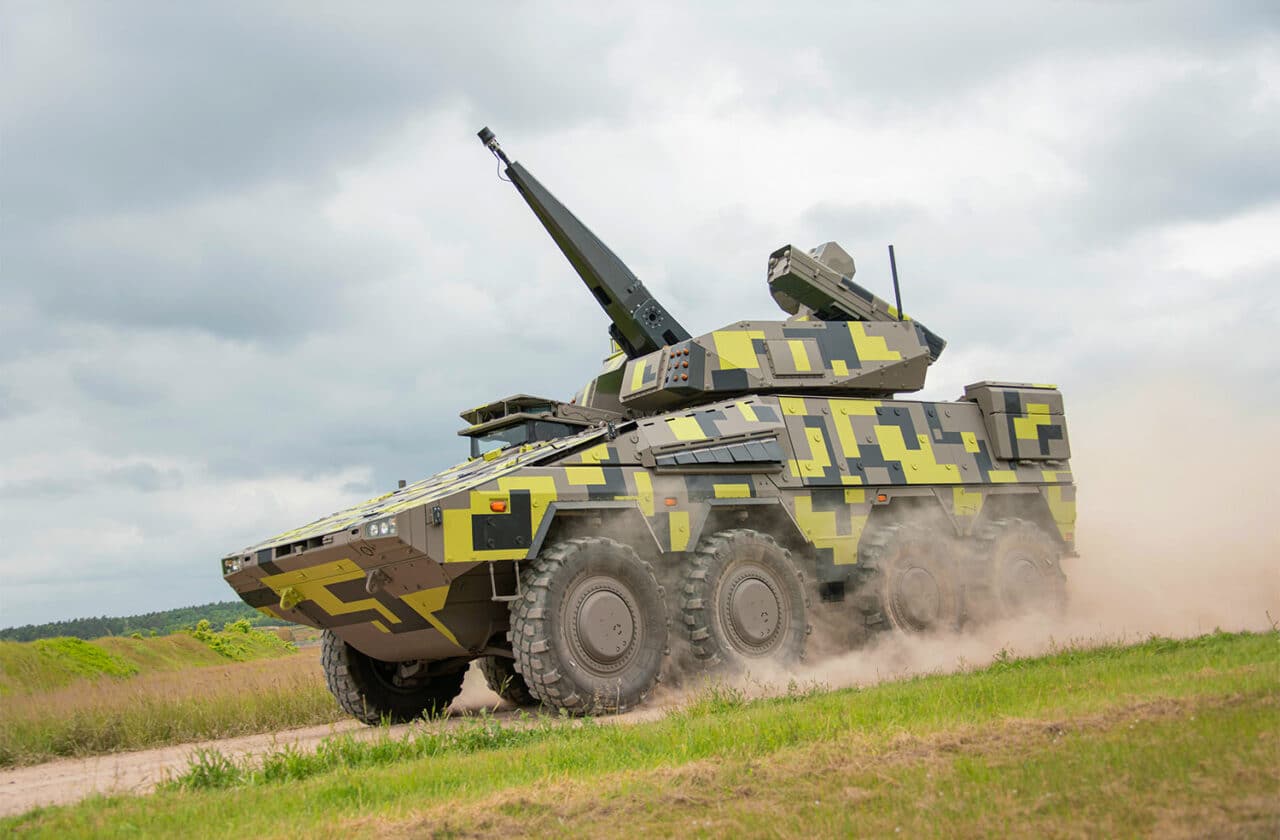
In fact, as soon as an army equips itself with the Iris-T SLM, it will subsequently have every interest in questions of cooperation between systems, and therefore savings in budgetary and human resources, to extend its own Iris-T or similar range, including gradually.
This commercial strategy is also the exact opposite of that implemented by MBDA, Eurosam and the Franco-Italian Aster technosphere, which have always presented Aster systems as alternatives to American systems (Patriot, SM-2, ESSM) or Russian (S-400, Buk).
The European Sky Shield Initiative to make the Iris-T range the standard for European air defense, and Germany its pivot
Finally, and above all, IRIS-T SL and Diehl can rely on particularly effective support from the German federal government, through the European Sky Shield Initiative.
Launched by Olaf Scholz in August 2022, a few months after the start of the war in Ukraine, it proposes to create an interconnected European anti-aircraft and anti-ballistic defense network.
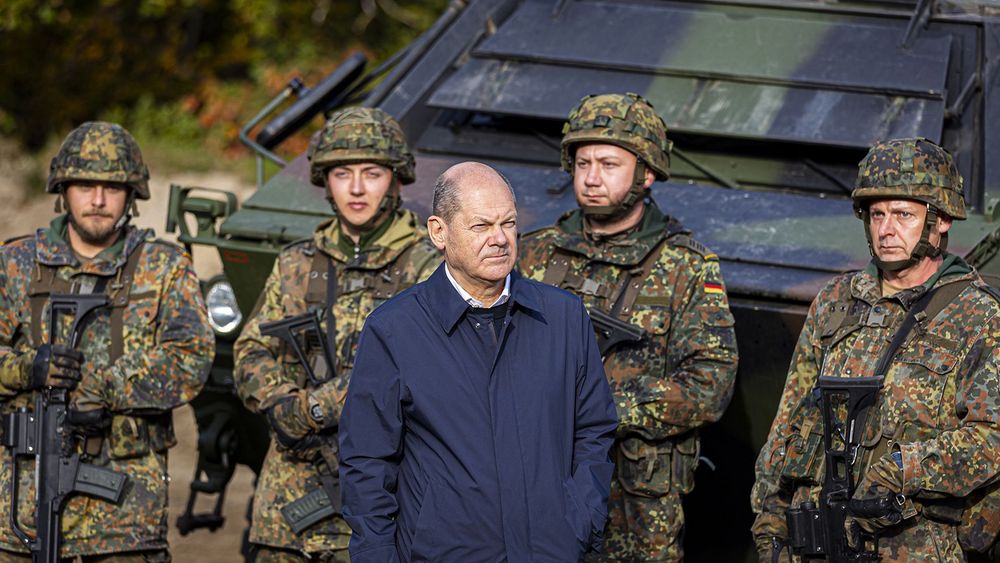
To attract its European partners, Berlin built its initiative on three complementary systems, the medium-range IRIS-T SLM, the Patriot PAC with long-range and endoatmospheric anti-ballistic capabilities, and the Israeli Arrow 3 system, designed for anti-ballistic interception. exoatmospheric.
Each of these systems has a specific commercial role in this model. The Arrow 3, purchased solely by Germany for nearly €5 billion, should ensure exoatmospheric anti-ballistic protection covering all European countries participating in the initiative.
That the Arrow 3 was designed to intercept Iranian MRBMs and IRBMs, while Russia only uses SRBMs and MRBMs with semi-ballistic trajectories, and ICBMs and SLBMs, all outside the system's interception window, is only secondary.
The Patriot PAC makes it possible to attract the five European countries already implementing this expensive but effective weapons system, and above all to ensure the support of Washington and US industry, which sees in it a means of further promote its anti-aircraft system in Europe.
The IRIS-T SLM, for its part, constitutes the technological pivot of the ESSI, or its lowest common denominator, so that, to effectively participate in the initiative, countries will most certainly have to acquire this system. With 22 European countries (+ Turkey) having already joined the ESSI, Berlin has thus provided Diehl with a remarkable captive market, what's more, with the support of the United States.
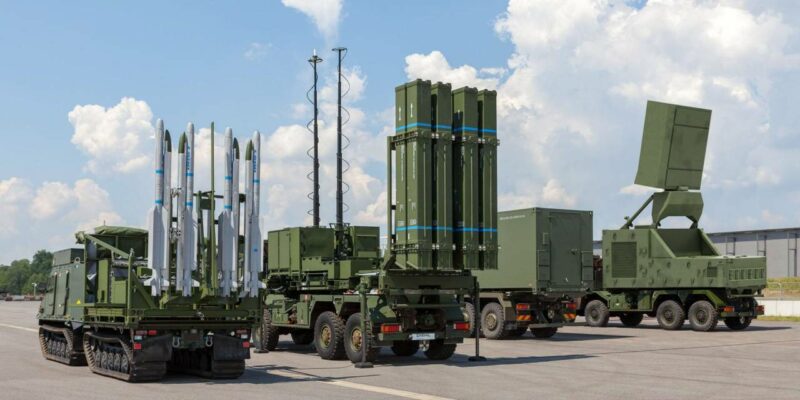
As mentioned above, once European armies are equipped with IRIS-T SLM, they will then have every interest in remaining in this range, to extend their capabilities, whether in the SHORAD domain with the Skyranger, in the long-range interception with the IRIS-T SLX, or in endoatmospheric interception, with the IRIS-T HYDEF. As long as ESSI extends technologically to naval systems, we can subsequently expect the same to be true of a majority of European navies.
Conclusion
As we can see, if the IRIS-T SL family from Diehl is undoubtedly an effective weapon system, it relies, above all, on a formidable strategy of industrial and commercial conquest, to take control of anti-aircraft defense and European anti-missile, with Germany at its center.
Faced with this looming wave, the Franco-Italian Aster family certainly has assets to put forward, in particular through its extensive and confirmed operational effectiveness, including in the anti-ballistic field.
However, it will certainly be necessary, for MBDA, Eurosam and especially for Paris, to change their commercial strategy, to hope to contain the German strategy, while, obviously, Berlin has absolutely no interest in opening the ESSI to others. systems, in particular to the Aster, its main rival in Europe.
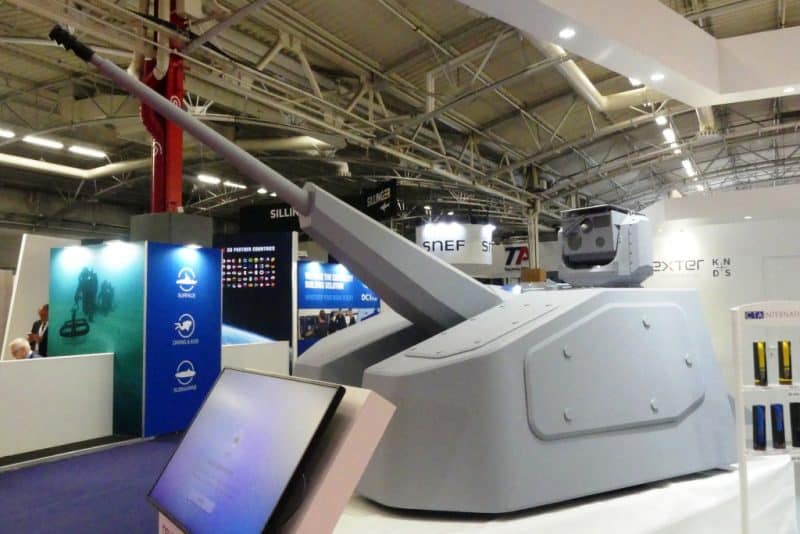
An ambitious and firm forecast line-up, rather than iterative developments on demand, international cooperation bringing together, beyond France and Italy, other European countries, such as Great Britain and Poland, by interconnecting their defense systems, and the integration, into the Aster range, of the SHORAD and short-range systems (Rapid Fire, MICA VL NG, CAMM, Dragon Fire, etc.) present and future, would certainly make it possible to respond to this German strategy , and even, possibly, to put it at fault.
There must still be, jointly, a political will, an industrial will, and the support of the armies, knowing that, here, the very sustainability of the French anti-aircraft missile sector is at stake.
In the absence of a reaction, it could well see its prospects fade in the face of a more effective and voluntary commercial strategy on the part of Germany, as was the case a few decades ago in the field armored vehicles, and more recently, in that of anti-tank missiles.
Article from April 16 in full version until May 18, 2024


